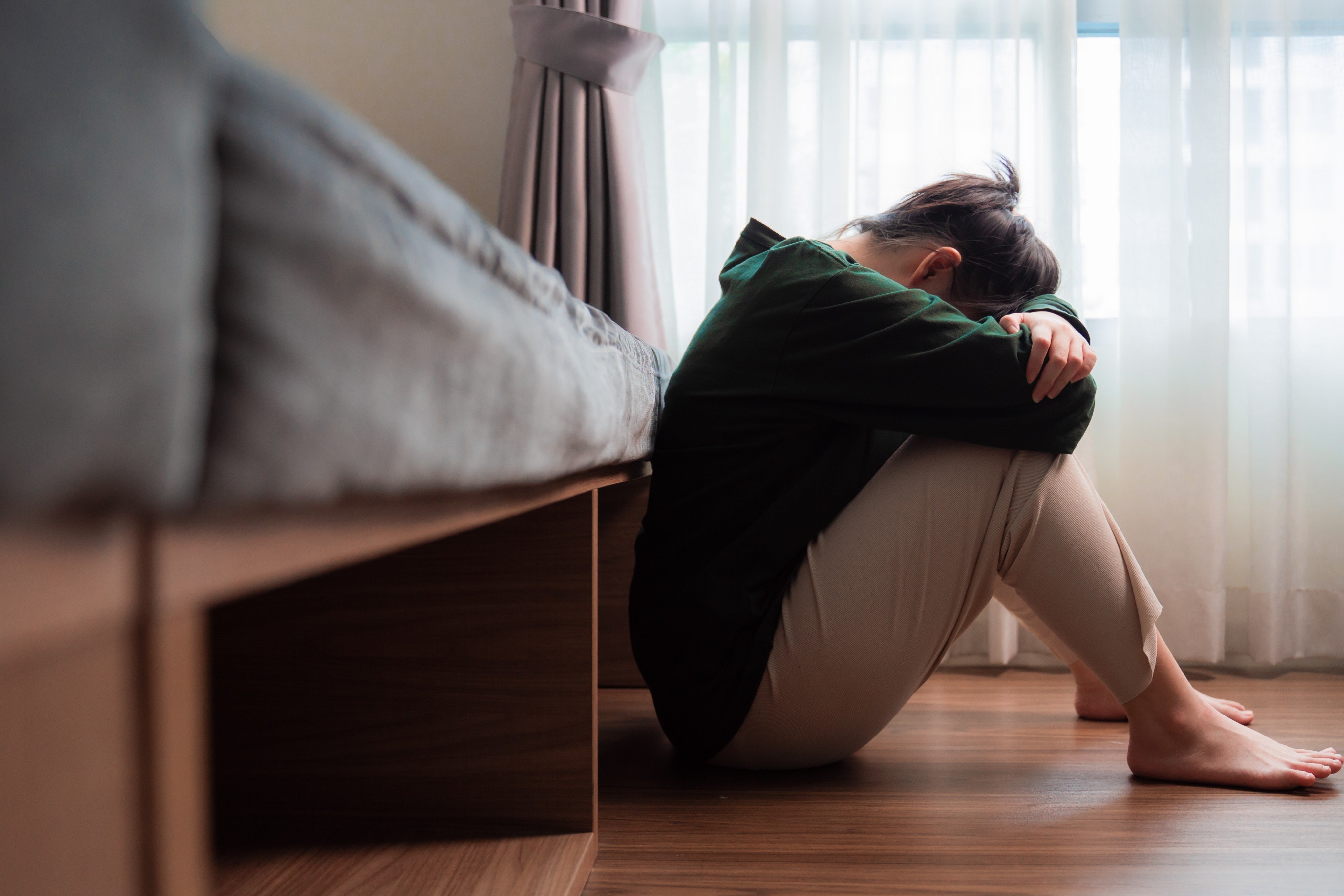Singapore study reveals 1 in 4 young people have self-harmed
Cutting and severe scratching were among the most common forms of self-injury, the report found

One in four Singaporeans aged 15 to 35 have engaged in deliberate self-harm at least once, researchers have found, with the behaviour especially prevalent among teenagers – highlighting mounting concerns about emotional distress and unhealthy coping strategies in younger age groups.
The findings, published in March, were drawn from a national study conducted by Singapore’s Institute of Mental Health (IMH) involving 2,600 respondents. It categorised behaviours such as cutting, burning, hitting or other forms of deliberate self-harm as non-suicidal self-injury (NSSI).
The median age that such self-harm starts is 14, while males typically have a second peak at around age 18, according to the study.
Roughly 11.6 per cent of respondents reported engaging in self-harm at least five times.
Cutting was the most prevalent form of self-injury, cited by about 13.5 per cent of respondents, followed by severe scratching, self-punching and headbanging.
Although NSSI is not formally classified as a mental disorder, experts have cautioned that it often reflects underlying psychological distress. Swapna Verma, chairman of IMH’s medical board, told The Straits Times that young people may turn to self-harm when overwhelmed by emotions they are unable to manage in healthier ways.
“For some, it provides a temporary relief from intense feelings like sadness, anger, anxiety or numbness. Others may use it to communicate distress,” was quoted as saying.
The study also identified several risk factors associated with self-injury, including gender, education level and body image perceptions.

Females were found to face twice the risk of self-harm compared to males, a trend researchers attributed to heightened psychological distress and greater tendencies to internalise emotions.
Young people aged 15 to 29 and those with lower educational attainment were also more likely to report self-harming behaviours.
Dissatisfaction with one’s body image emerged as another significant predictor. People who were unhappy with their appearance were twice as likely to engage in self-harm as those who were not, according to the study.
“It is suggested that individuals with body dissatisfaction develop a disregard for their body and may be indifferent about protecting it, along with an increased tolerance for pain,” IMH senior research officer Sherilyn Chang said.
Despite the high lifetime prevalence rates, far fewer respondents reported self-harming in the 12 months before the study. Researchers suggested that this could reflect maturing participants who had outgrown such behaviours, developed better coping mechanisms or received professional support over time.
The IMH team called for expanded preventive efforts focused on building resilience and teaching healthier emotional regulation strategies. Parents and carers, they stressed, also play a crucial role in early intervention.
Because self-injury often carries significant shame and stigma, young people tend to hide their behaviour, Swapna said. She emphasised that greater parental awareness of warning signs – such as unexplained injuries, frequent isolation or sudden mood swings – could help carers respond more effectively.
“It is important to create a space where the teen feels safe to talk, to listen without judgment, and to help him or her acquire new skills to process and regulate emotions and cope with stressors.”
The Singapore findings mirror global trends of rising self-harm among youth, with experts warning that social media platforms have exacerbated the phenomenon by exposing vulnerable users to harmful content.
A nationwide Norwegian study of more than 37,000 adolescents published in 2023 found that those spending more than three hours a day on social media were significantly more likely to self-harm in the previous year, even after accounting for depression and other factors.
And in November last year, local authorities in southwestern Kosovo identified at least 22 cases of self-harm among schoolgirls, allegedly triggered by a TikTok challenge circulating on the social media platform.
According to reports, children as young as nine were affected, with some found to have inflicted injuries across their bodies after viewing the videos. Among them was a 12-year-old girl and her friends who reportedly harmed their hands before authorities intervened.
If you have suicidal thoughts or know someone who is experiencing them, help is available. In Hong Kong, you can dial 18111 for the government-run Mental Health Support Hotline. You can also call +852 2896 0000 for The Samaritans or +852 2382 0000 for Suicide Prevention Services. In the US, call or text 988 or chat at 988lifeline.org for the 988 Suicide & Crisis Lifeline. For a list of other nations’ helplines, see this page.